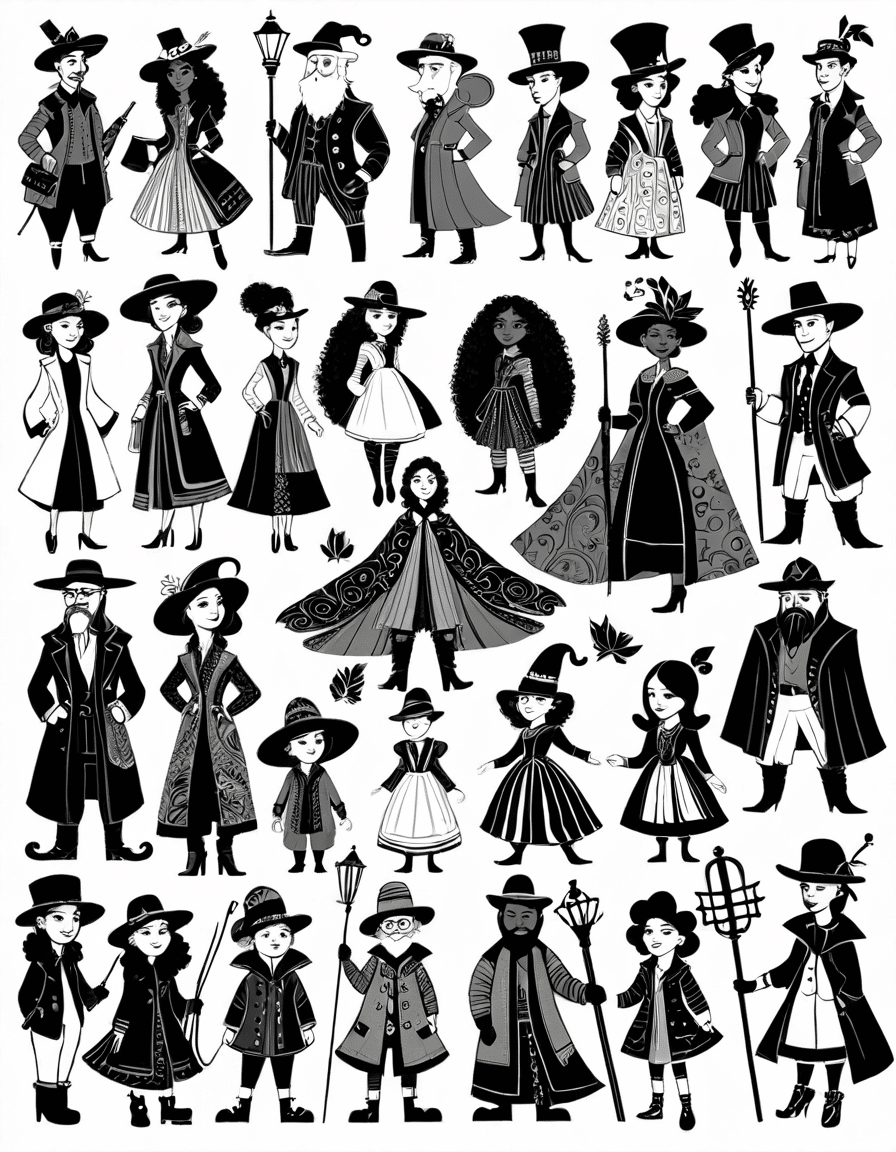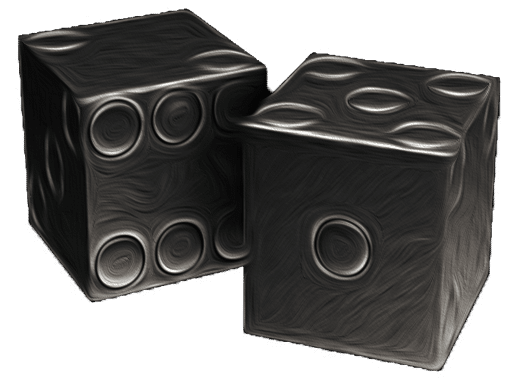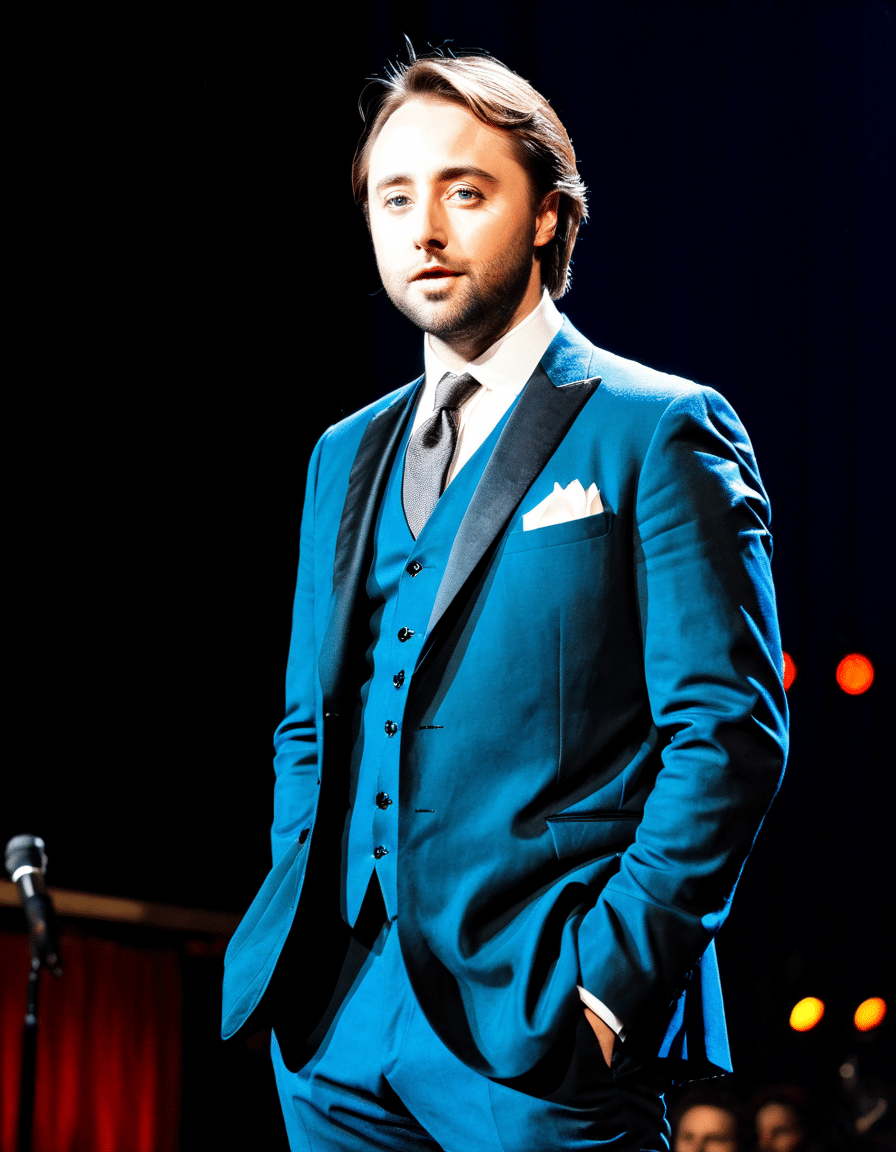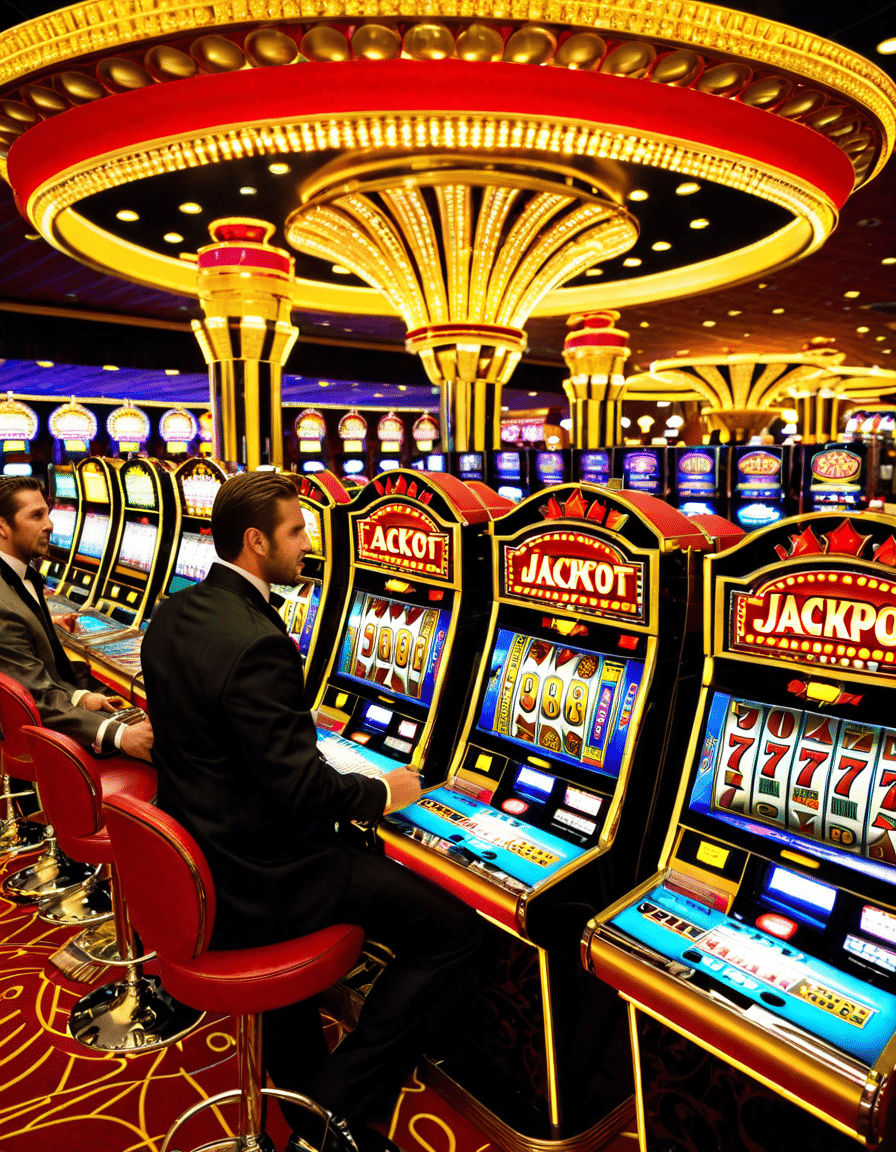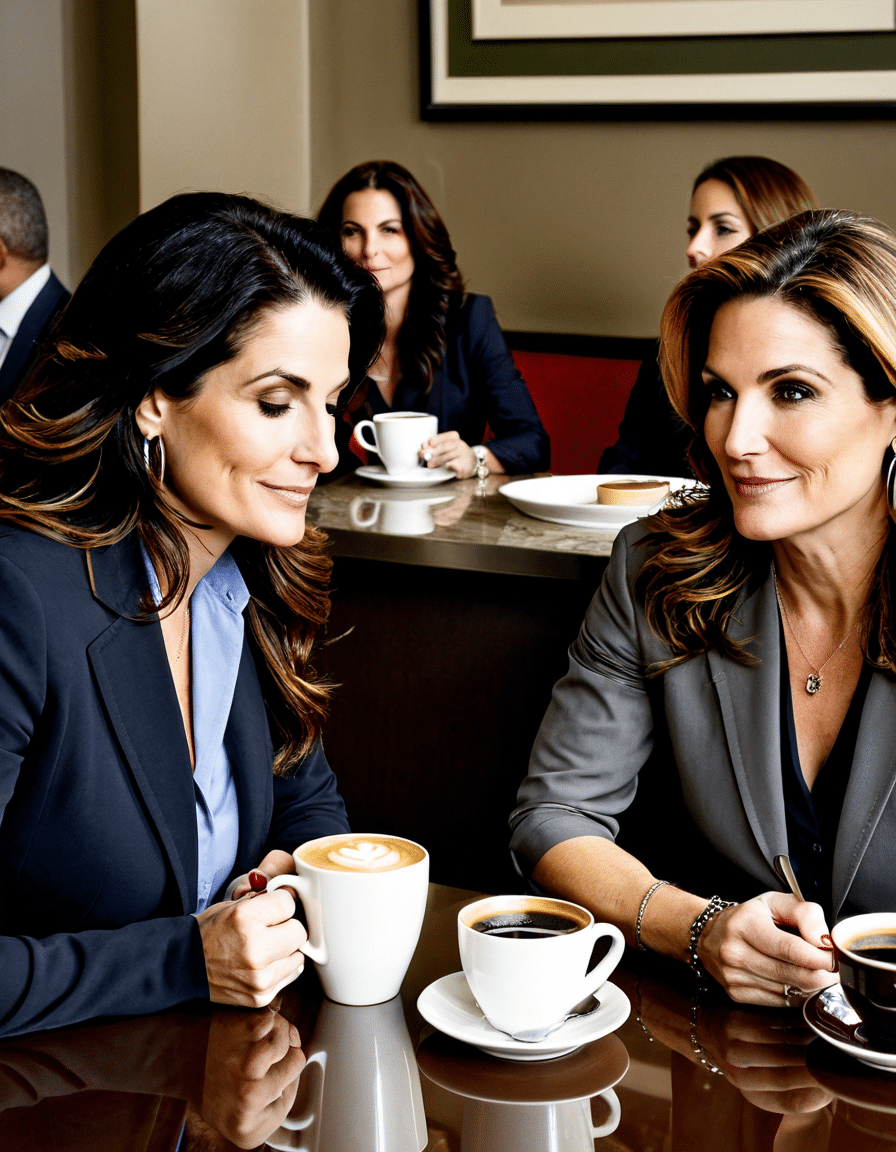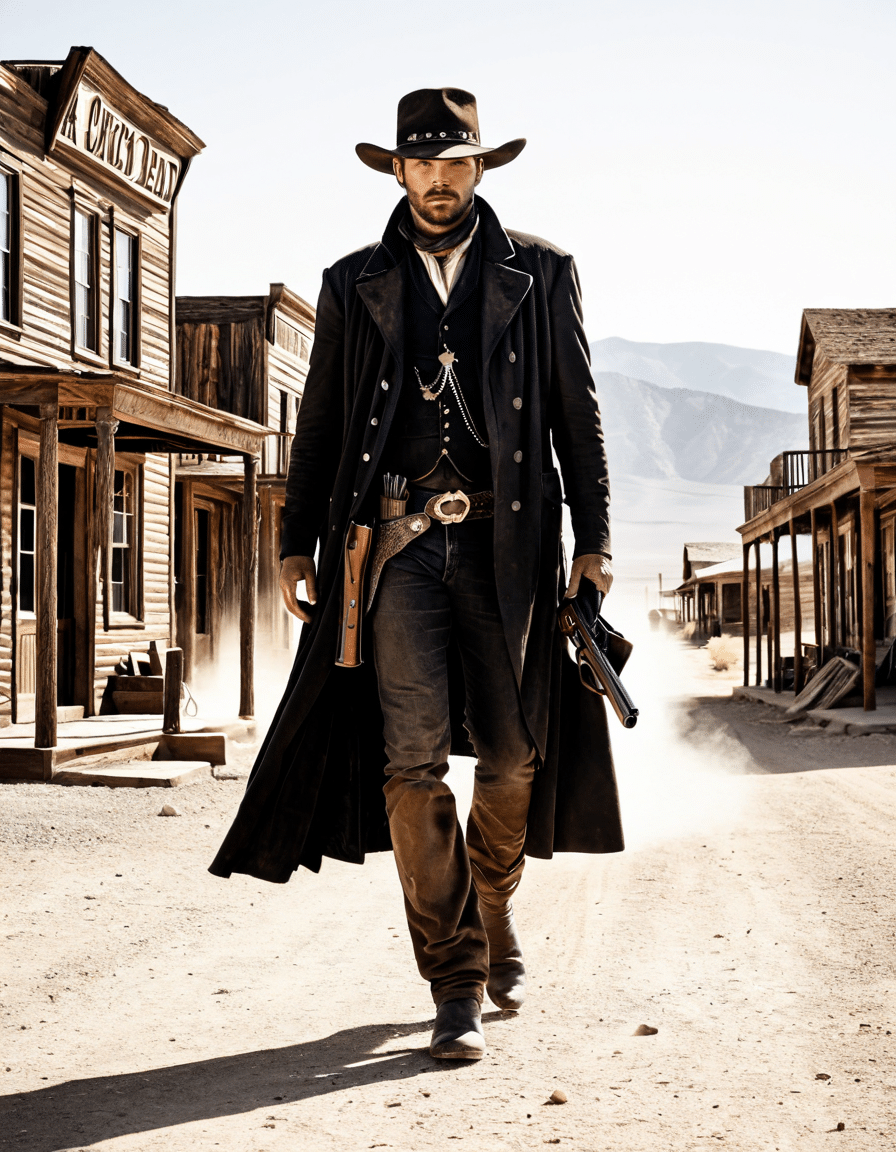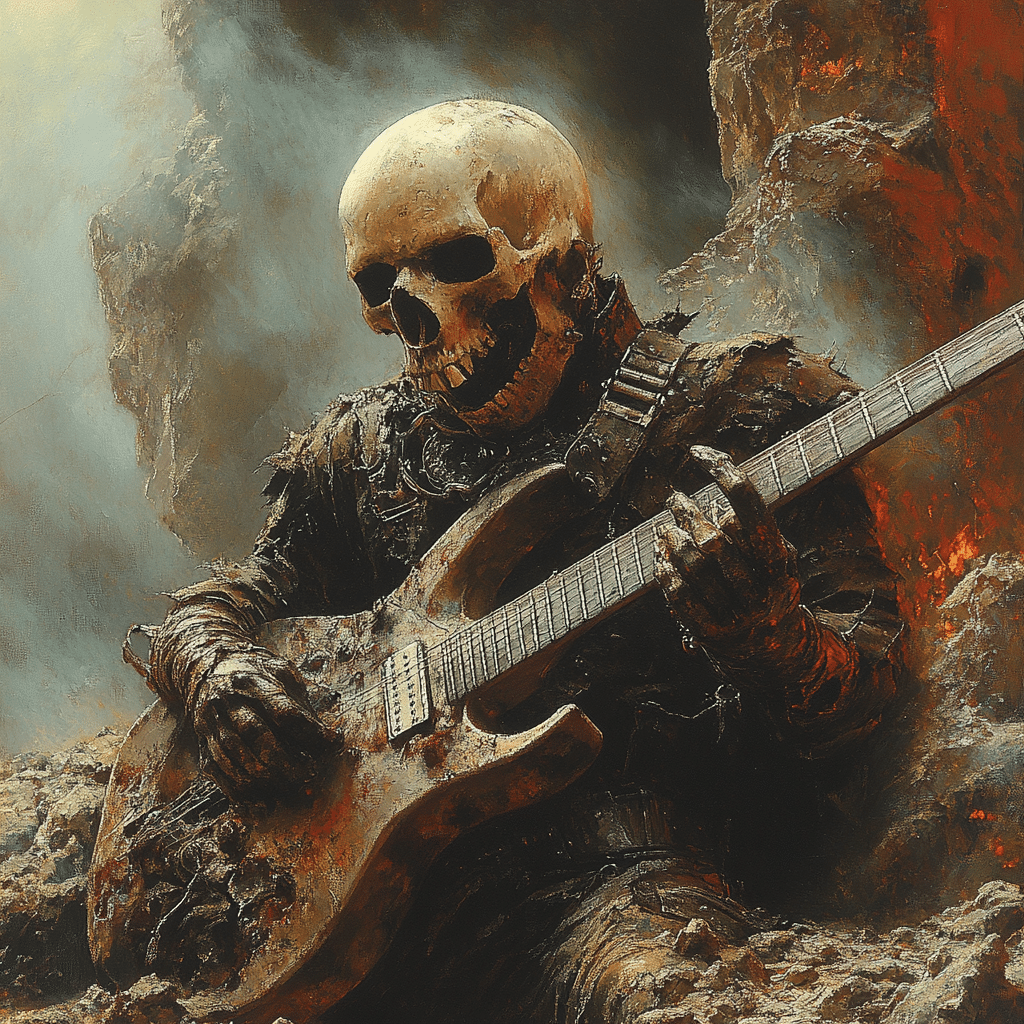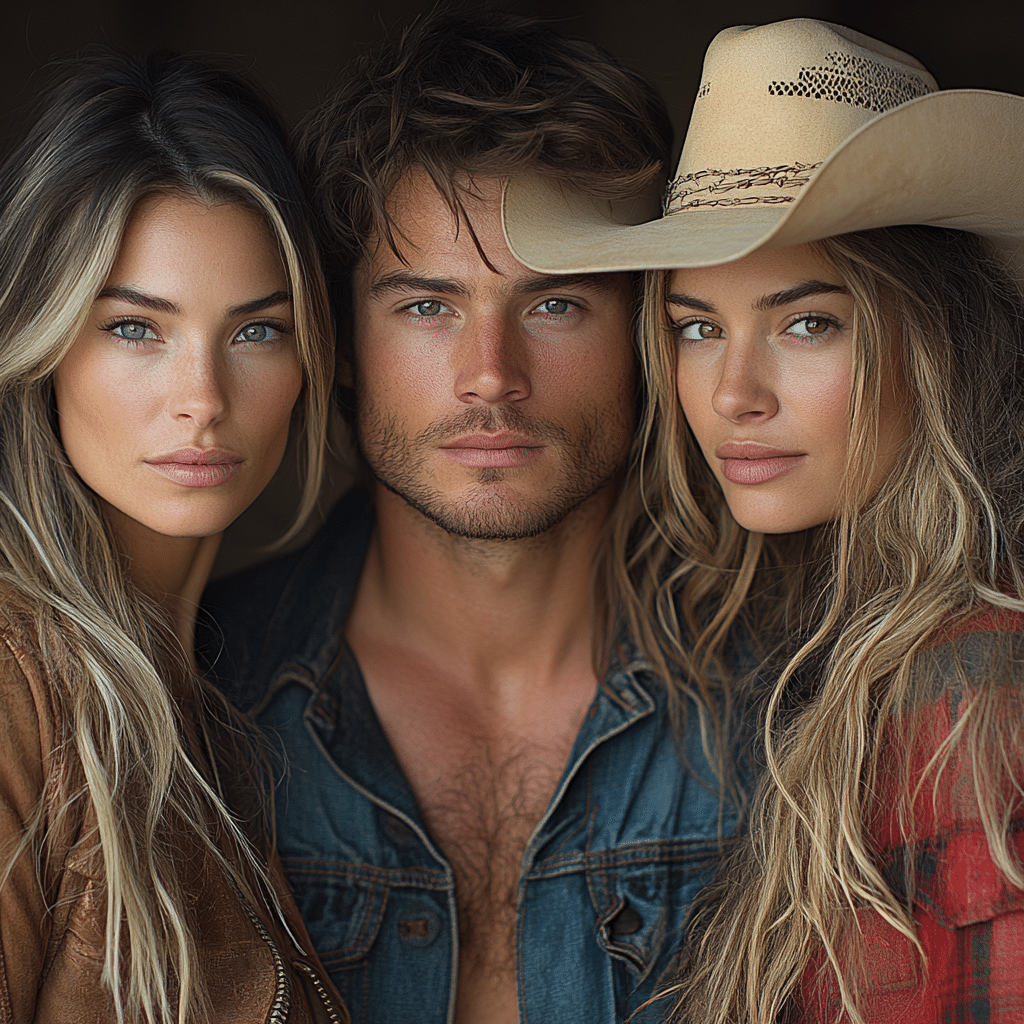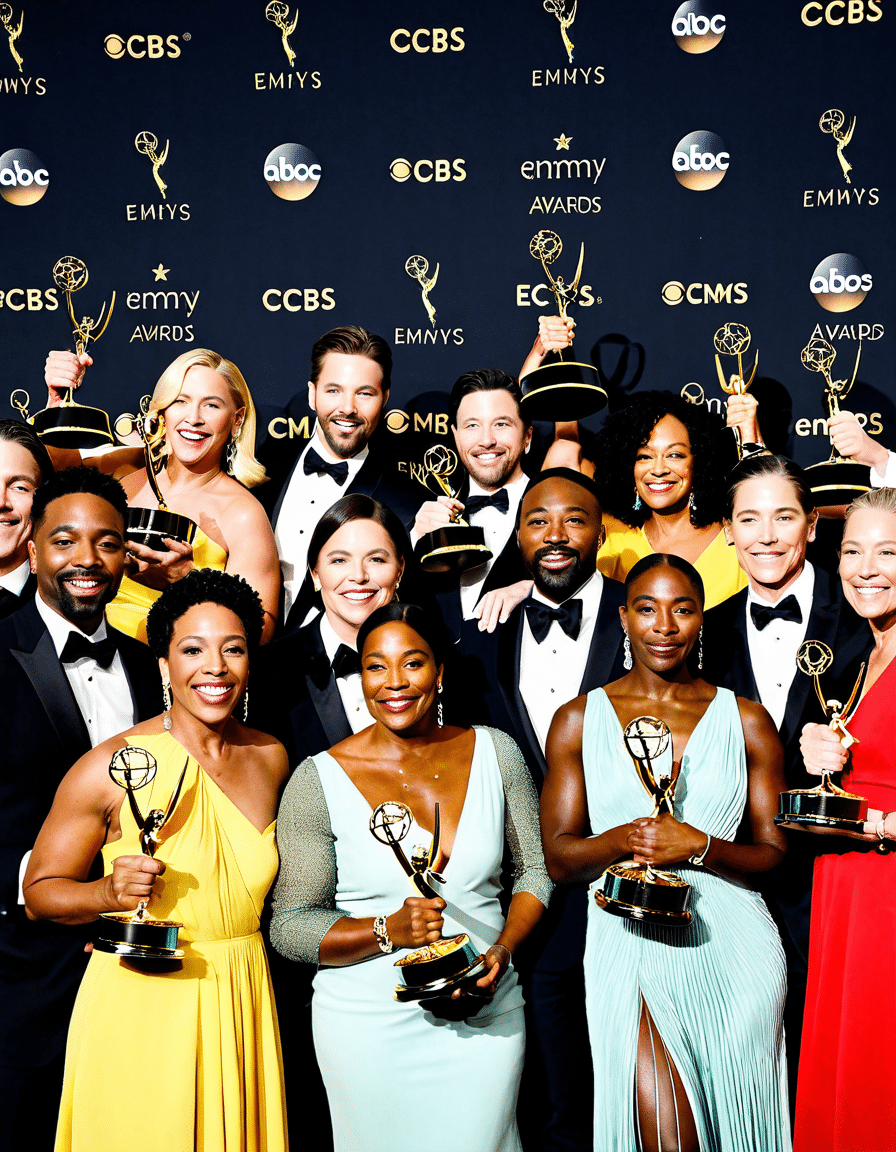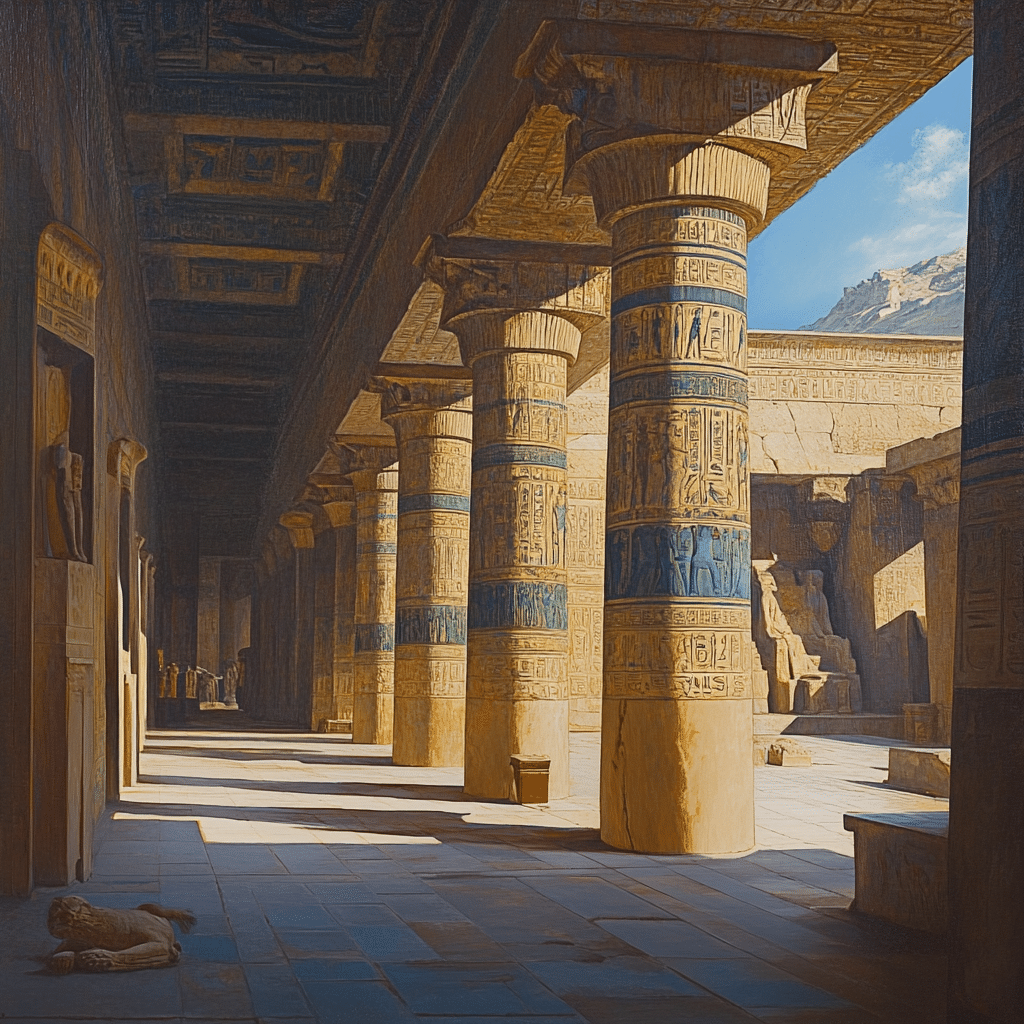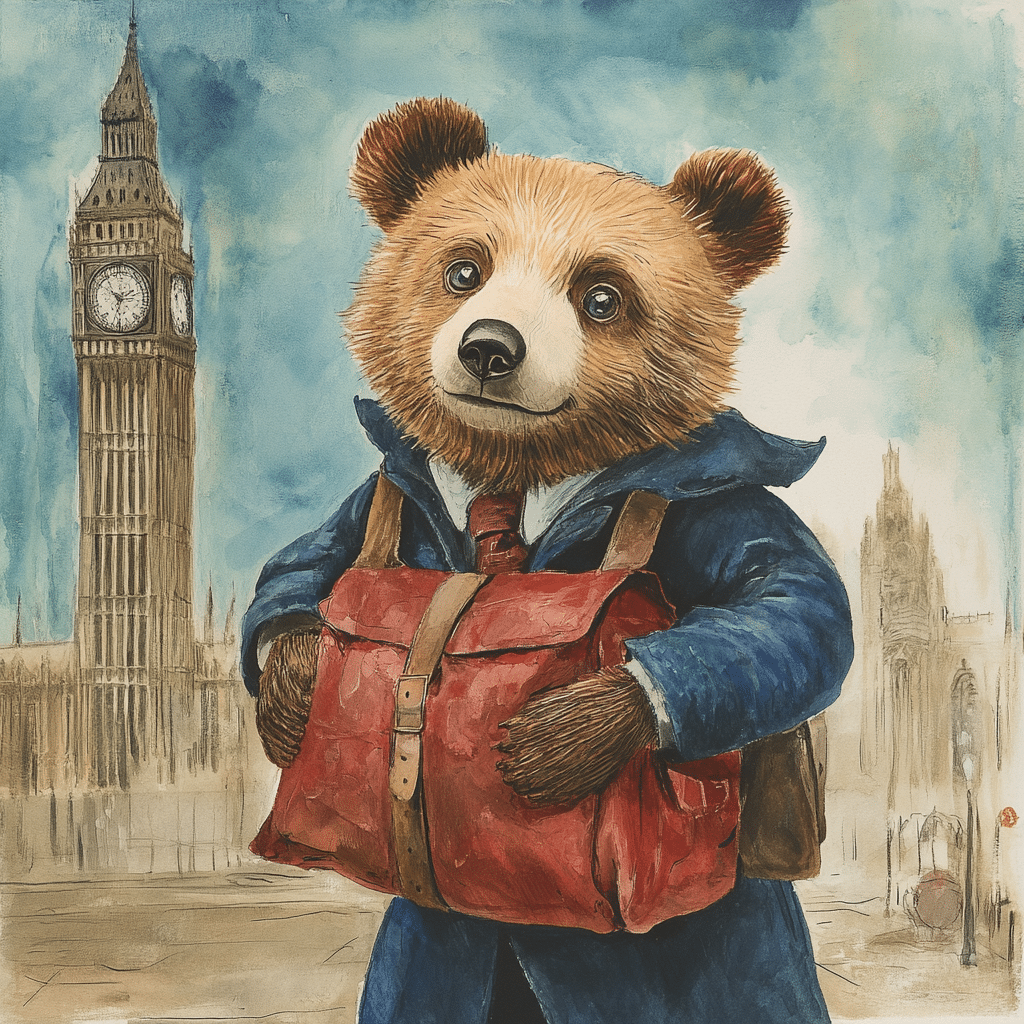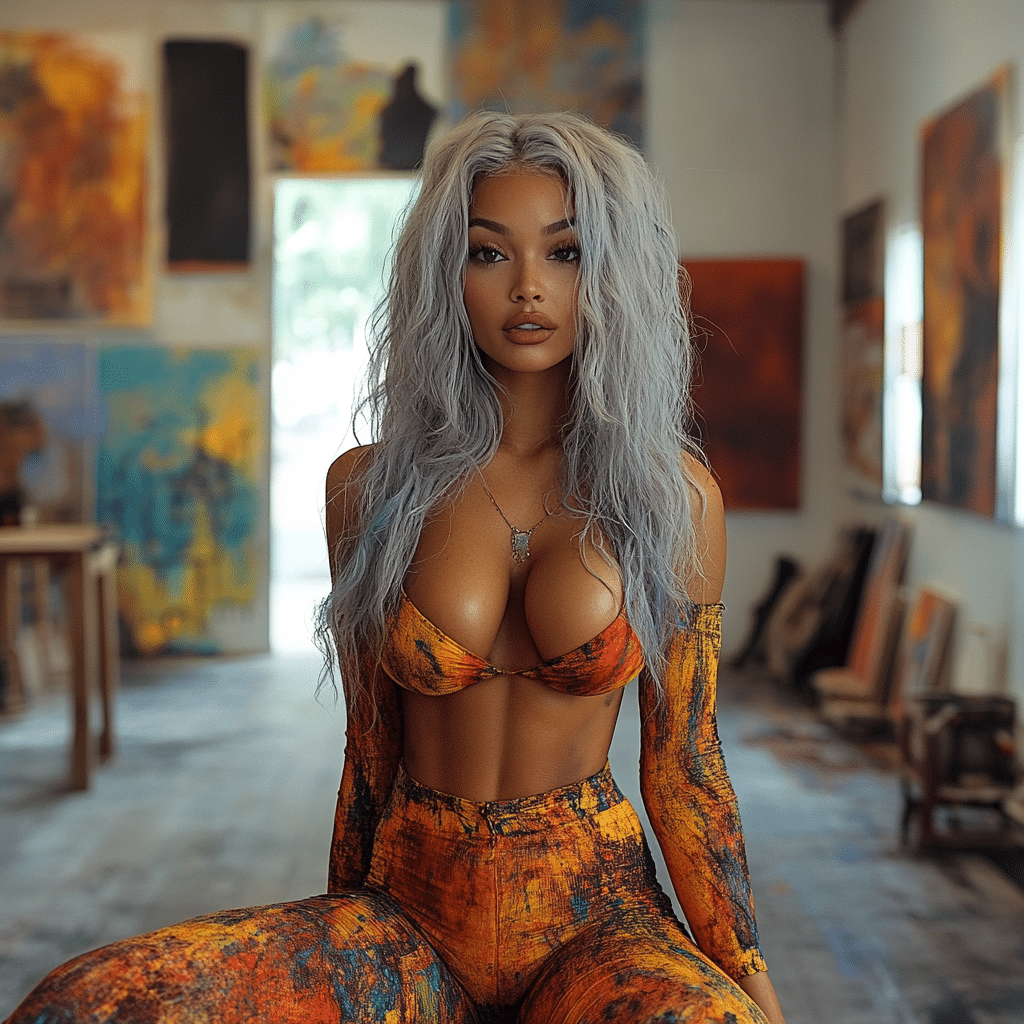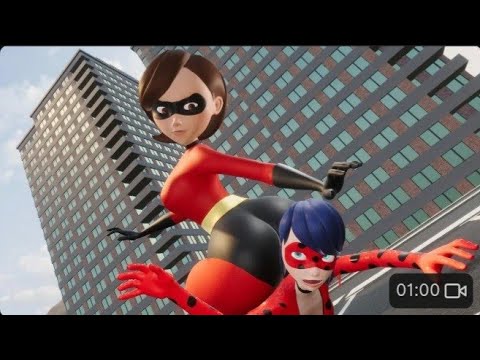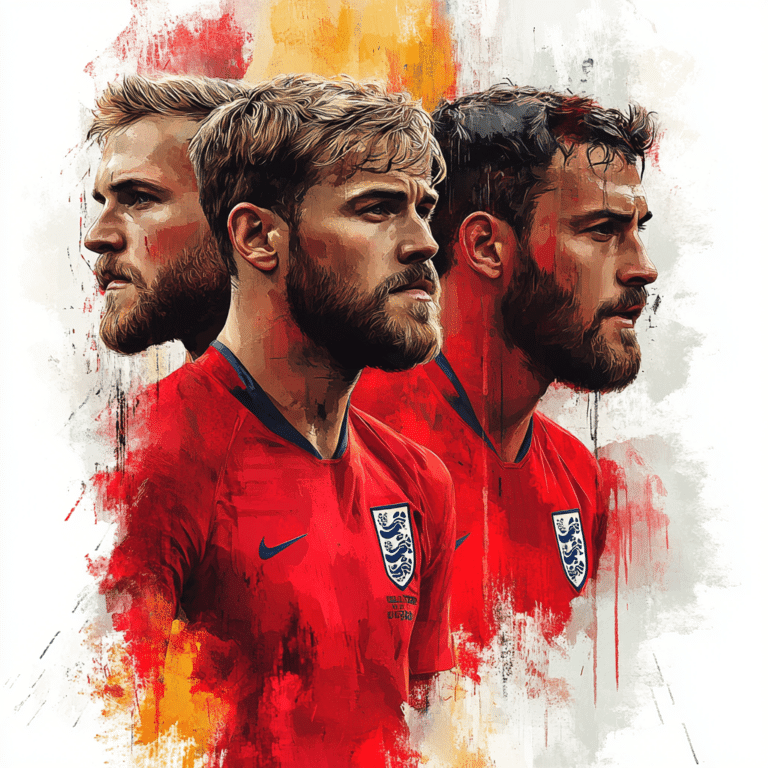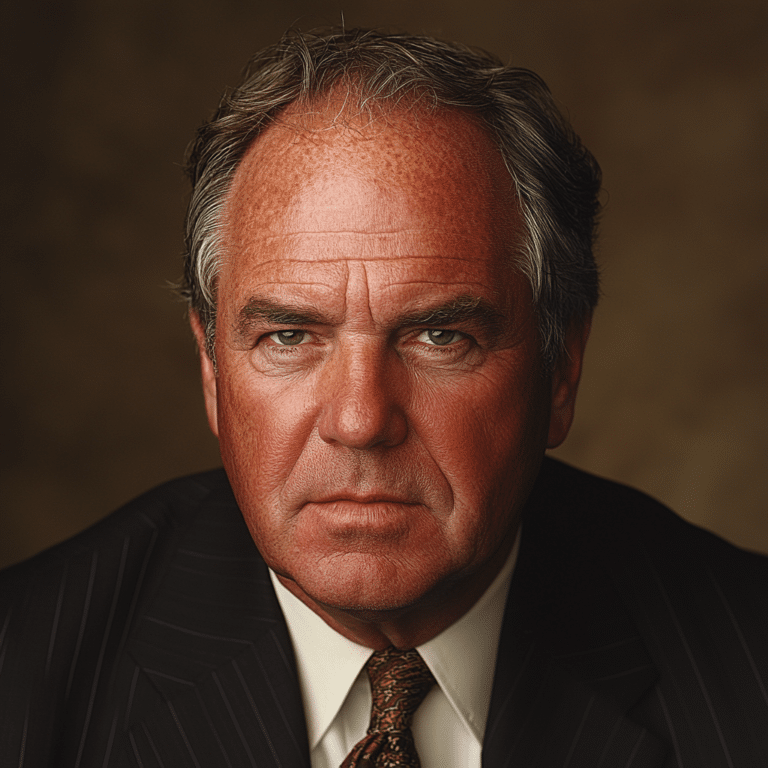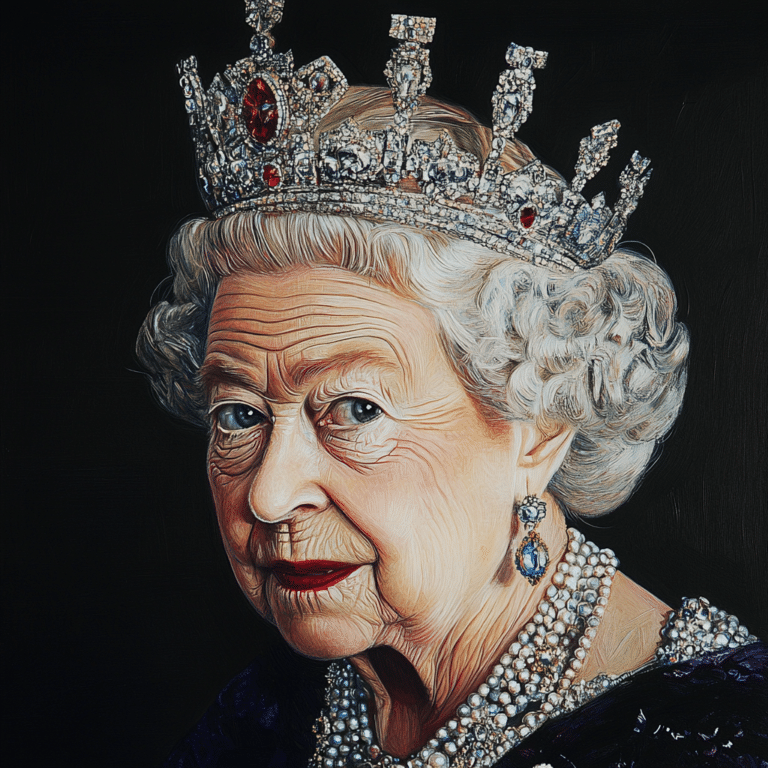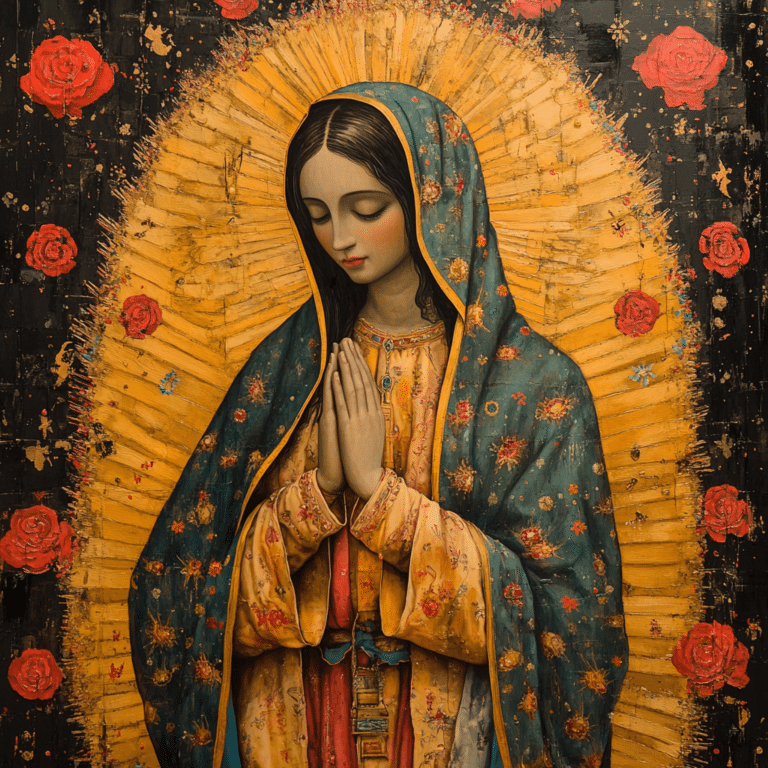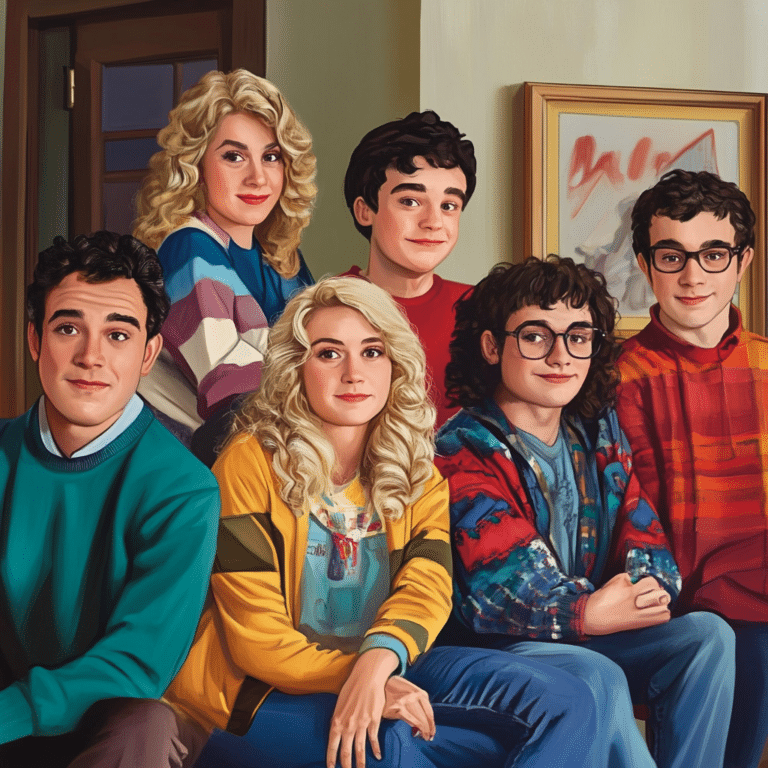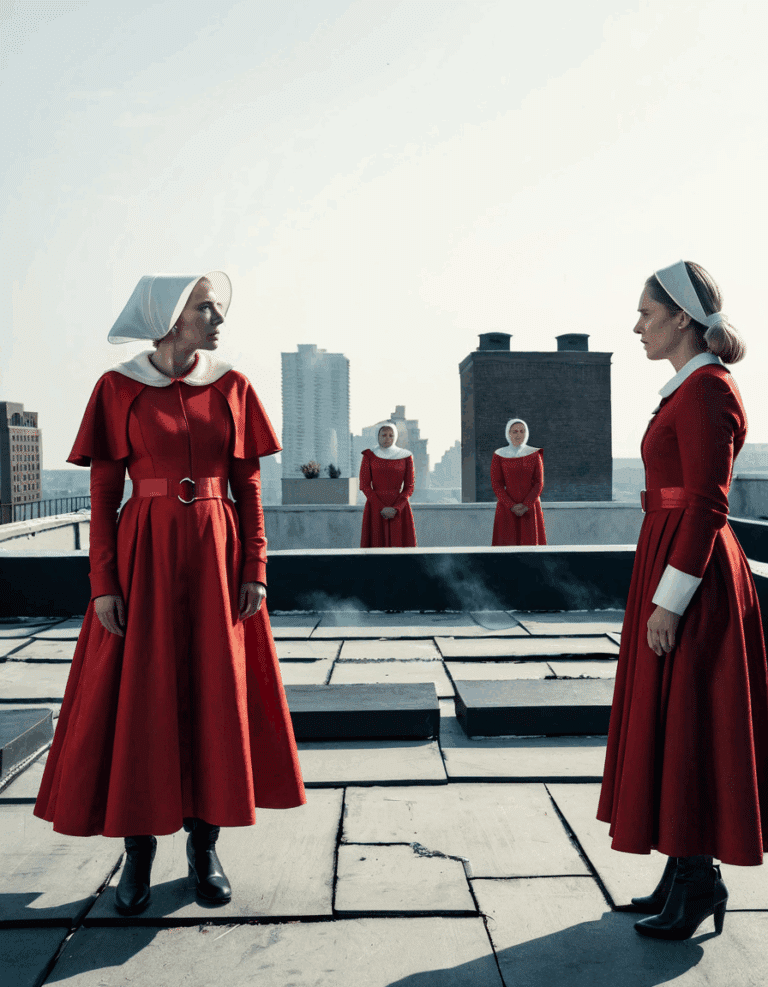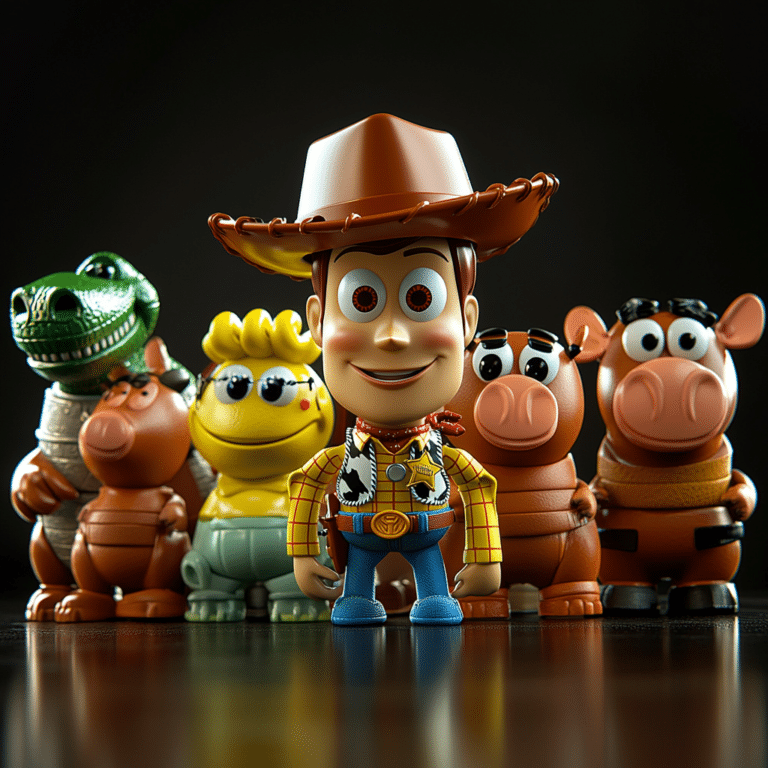Artistic brilliance often strikes a complex chord, reverberating across various facets of film. Inside this multifaceted narrative lies a spectrum of influences, emotions, and experiences that shape the work of some of the most iconic filmmakers. Whether it’s the struggle of balancing personal turmoil with commercial success, or the harmony found in unorthodox storytelling techniques, each creative genius presents a study rich in complexity.

The Copper Triad: Visionaries Who Redefined Cinema
To understand creative genius, let’s spotlight three filmmakers whose contributions create a triangular relationship between personal experience, artistic innovation, and cultural impact: Martin Scorsese, Quentin Tarantino, and Greta Gerwig. Each adds vibrant colors to the cinematic canvas that not only entertains but also sparks thought and discussion.
Martin Scorsese: Crafting the Mahogany Narrative
Scorsese embodies complexity through his deep storytelling and visual aesthetics. His films, rich in themes of morality and the American experience, resemble mahogany—dark, polished, and intricate. In “The Irishman,” the characters navigate a murky world of loyalty and betrayal, reflecting shades of red and black that symbolize both passion and darkness.
Scorsese often creates narratives that intertwine personal struggle with wider social issues. Films like “Goodfellas” show characters grappling with decisions that ultimately lead to their downfall. This fusion of personal choices with broader socio-cultural themes makes his storytelling resonate with audiences. His deft use of historical context enriches the films and deepens their emotional impact.
Moreover, there’s always something new to discover in Scorsese’s work, like the numerous Easter eggs that leave fans both entertained and challenged. His craft reflects the ongoing relationship between personal identity and artistic expression, revealing the vulnerabilities that lie within each character.
Quentin Tarantino: The Harmonious Chaos
Tarantino’s work is a kaleidoscope, a riot of colors bursting with energy and creativity. His non-linear storytelling and fun nods to various genres in films like “Pulp Fiction” and “Kill Bill” demonstrate how chaos can achieve harmony. By juxtaposing seemingly unrelated scenes, he invites audiences to engage actively with the film, seeking meaning where none is immediately apparent.
His plots often dance on the edge of absurdity, yet there’s a method to the madness. Each film draws on historical and cultural references, creating a richer viewing experience. For example, “Inglourious Basterds” presents an alternative history that both entertains and provokes dialogue about war and identity.
As new creators emerge, many are inspired by Tarantino’s ability to redefine storytelling. This influence can be seen in films from younger directors who admire his knack for blending genres and pushing boundaries. His approach creates a thrilling viewing landscape where chaos and artistry coexist.
Greta Gerwig: A New Perspective in Cinematic Storytelling
Breaking from tradition, Gerwig’s films, like “Lady Bird” and the cultural sensation “Barbie,” unveil a fresh spectrum of storytelling through a female lens. Her narratives explore identity and societal expectations, striking a chord with audiences across different demographics. Just like vibrant brushstrokes on a canvas, her themes resonate with many.
Through her unique blend of humor and realism, Gerwig captures the complexity of modern femininity. Characters in her films grapple with real struggles—finding balance in friendships, understanding their parents, and navigating the tumultuous landscape of self-identity. The use of lighter colors against profound themes helps reflect the layers of these experiences.
Moreover, her direction has been a game-changer for women in film. Gerwig not only breaks the mold for filmmaking, but she also encourages more women to find their voice within the industry. The impact of her work reinforces the notion that cinema can be a space for diverse narratives and complex characters.
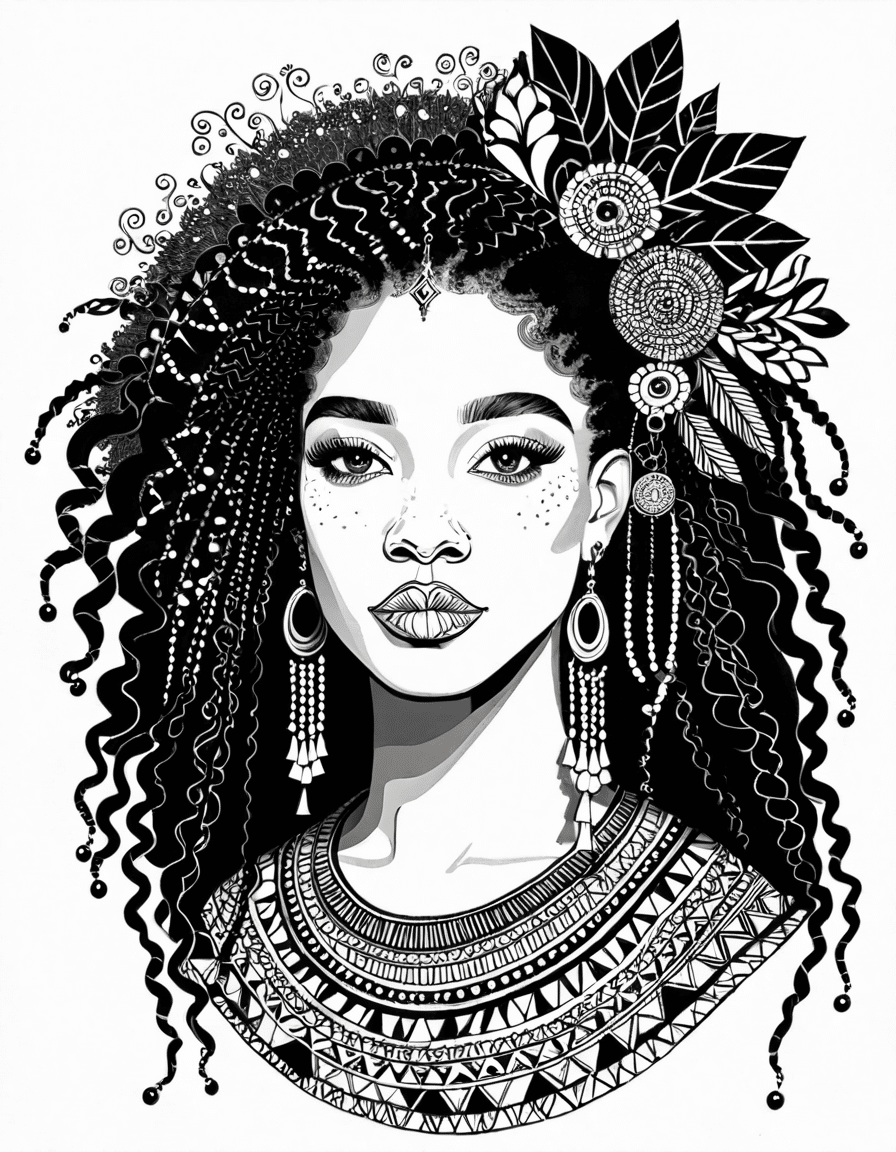
The Triangle of Challenges: Navigating Creative Setbacks
Every creative genius faces unique challenges, often aligning along a triangular path: external pressures from the film industry, internal conflicts regarding their vision, and audience expectations. This triad profoundly shapes their artistic path.
External Pressures: The Industry’s Copper Chains
The film industry can be unforgiving, often shackling creatives with copper chains in the form of budget constraints, studio demands, and market expectations. Directors like Denis Villeneuve encountered substantial challenges during the production of “Dune,” where the ambition for a sprawling epic met significant financial hurdles. His resilience and creativity transformed these pressures into visionary storytelling.
These external pressures often lead filmmakers to create masterpieces, but they can also take a toll. The infamous struggle of sticking to a creative process while meeting commercial obligations can stifle originality. Yet, some directors, like Villeneuve, rise to the occasion, proving that visionary art can emerge from adversity.
Moreover, it takes a solid nerve to adapt and pivot amid industry trends. Many filmmakers utilize the challenges they face as fuel for their creativity, sparking a cycle that allows for growth and evolution over time.
Internal Conflicts: Navigating the Black and White of Vision
Creatives often wrestle with their inner demons. Behind the glitzy awards and accolades, they struggle to maintain authenticity against societal pressures. Federico Fellini epitomized this internal battle, blurring the lines between black and white, fantasy and reality in films like “8½.”
Fellini’s work embodies his struggle as an artist longing for individuality in a world that often demands conformity. His narrative style reflects this inner turmoil, creating a rich tapestry laced with symbolic significance.
This exploration of self and artistry shines a light on the dichotomy that many filmmakers face—the constant push and pull between personal vision and audience acceptance. Understanding this reality adds another layer of richness to the complex world of film.
Audience Expectations: The Vibrancy of Color and Diversity
Filmmakers must negotiate the vibrant hues of audience expectations, affecting their creative process. The dynamic relationship between artist and viewer significantly shapes creativity. Taika Waititi serves as a prime example; his humor and originality in films like “Jojo Rabbit” challenge conventional narratives, highlighting the beauty of diversity.
Navigating audience preferences can be tricky, yet it also opens doors for innovative storytelling that resonates with wider demographics. This generation of filmmakers often leverages audience insights to inform their art while staying true to their vision.
Furthermore, having diverse voices join this conversation enriches the cinematic landscape. New perspectives help audiences relate more closely to narratives, ensuring that films reflect the world around us.
The Next Wave: Emerging Visionaries in Film
As we look to the future, a new wave of filmmakers is ready to explore complexity in storytelling and representation. Emerging artists like Jordan Peele blend genres, artfully combining horror with social commentary in films such as “Get Out.” This innovative approach continues the legacy of complex narratives that provoke thought and ignite discussion.
Embracing Diversity: A Cinematic Spectrum
The rise of diverse voices like Lulu Wang and Barry Jenkins adds depth to the cinema landscape, weaving cultural elements with personal narratives. Each new work contributes additional layers, creating a rich tapestry that mirrors society itself.
These filmmakers excel at tackling subjects that resonate strongly, challenging filmmakers to go beyond typical storytelling. By focusing on authenticity, their films better reflect the world while leaving room for varied experiences.
The value of representation in film cannot be overstated. By embracing complexity and diversity, filmmakers invite audiences to engage more thoroughly, forging connections through shared experiences and stories.
Technological Innovations: Redefining Creative Spaces
With rapid advancements in technology, filmmakers gain access to tools that enhance their storytelling skills. The integration of AI, virtual reality, and diverse distribution platforms shape creative processes, allowing for experimentation with narrative forms and aesthetics.
Embracing these technological innovations opens the door to uncharted territories in filmmaking. Creatives can leverage technology not only for storytelling but also to engage different audience segments. This new realm of possibilities invites an adventurous spirit, inspiring filmmakers to step outside conventional boundaries.
Tech advances are creating avenues for rich storytelling, compelling viewers to dive deeper into narratives they encounter. By engaging diverse audiences through innovative methods, filmmakers have the opportunity to broaden the complex narrative landscape.
Artistry and Complexity: A Journey Without an End
The story of creative genius in film is one of inevitable evolution. Each director’s journey exemplifies the struggle to balance innovation with tradition, self-exploration with audience expectations, and artistry with commercial viability.
As we witness this ongoing dance of complexities, it becomes clear that the journey of creative geniuses isn’t just about the final product—it’s about the profound exploration of ideas, identity, and the human experience. The stories we cherish often lead us to reflect, engage, and dream, resulting in a cinematic experience like no other.
Indeed, the world of film will always thrive on its complex nature, inviting us to sit back, enjoy, and take part in this beautifully chaotic journey. Whether through the vivid storytelling of legendary talents or the innovative voices of the next generation, cinema remains a powerful reflection of our collective human experience.
Complex Journey of a Creative Genius in Film
Layers of Genius
The film industry is a maze of layers that can baffle even the most seasoned viewers, especially when it comes to understanding the journeys of creative masterminds. For instance, the influential voice of artists can often be encapsulated in platforms like Masterclass Communication, where talented individuals share their insights into the craft. This connection between communication and creativity has been a beacon for many who aspire to leave their mark, highlighting how articulate expression can voice the complexities of the artistic process.
Speaking of connections, the sports world often offers interesting parallels to film. Take for example, Karl Malone, a basketball legend whose dedication to his craft echoes in the relentless pursuit often seen in filmmaking. Just like in sports, a single element—be it a scene or a character—can make the difference between a good movie and a great one. And how about the striking visuals of phenomena like paint that invigorate storytelling? Just as an artist’s brush can turn a blank canvas into a captivating narrative, filmmakers employ a myriad of techniques to evoke emotional responses.
Intertwined Stories
Now, let’s pivot to the stars that light up the screen. Actress Celia Weston has captivated audiences with her versatile roles, demonstrating her ability to adapt to complex characters. This reflects the film industry’s talent for evolving with each story, offering diverse perspectives that engage viewers more deeply. Not to be overshadowed, icons like Tony Bennett have influenced film music, adding an emotional depth that enhances the storytelling experience. His timeless ballads can turn a simple scene into a powerful moment, showcasing how music intertwines with narrative to enrich a film’s complexity.
And if you’re wondering about trends that challenge norms, keep an eye on the buzz surrounding the latest Young Thug release date. Like many visionary filmmakers, this artist continues to push boundaries, reshaping perceptions and expectations in the music industry, paralleling how directors seek to redefine film narratives. Creative geniuses often find themselves at the intersection of different art forms, much like the crossover one finds in projects such as Nana To Kaoru, which presents a layered exploration of relationships through an intricate lens.
The Narrative Dance
As for stories that resonate with viewers, the Jd Vance movie throws into the spotlight the complexities of family, ambition, and identity. It’s a reminder that every film holds multiple layers waiting to be explored. Similarly, the heated matchup of Monterrey Vs Pumas in football reflects the fierce drive that parallels competitive filmmaking. Just like a nail-biting game, a gripping movie keeps audiences on the edge of their seats, highlighting the complexities of conflict and resolution as integral elements of storytelling.
In this labyrinth of creativity, every twist and turn narrates a tale of ambition, artistry, and the unyielding human spirit. Whether it’s through performance, dialogue, or the simple act of paint, film remains a complex exploration of what it means to be human. So next time you dive into a movie, remember—the geniuses behind the camera are crafting narratives that reflect the beautiful chaos of life.
